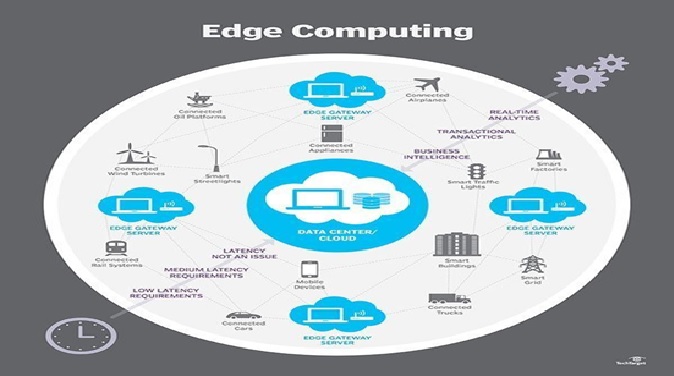Multi-cloud strategy
In the past decade cloud computing has skyrocketed. What began as a limited set of computing services offered by an online retailer has become a highly sophisticated computing ecosystem that is rapidly becoming the de facto platform for enterprise IT. During that decade, most enterprise IT groups approached cloud computing with caution and even suspicion, but today their stance is completely different.
There has been a lot of discussion about the rising trend of businesses using private, public, and hybrid cloud services in their multi-cloud strategy. The architecture of multi-cloud allows enterprises to benefit from scalability and cloud economics from the start without compromising on data sovereignty. There are several advantages to vendor lock-in and enhancing performance and acquisitions.
Modern multi-cloud strategies offer opportunities to increase security by deploying easy-to-retrieve backups. Using more than one cloud provider offers increased flexibility and agility, Gartner said.

Figure .1 Multi-Cloud Strategy
Figure 1 shows multi-cloud strategy refers to the use of multiple cloud computing platforms from different providers to meet specific business requirements.
Here are some key aspects to consider when developing a multi-cloud strategy:
- Benefits of multi-cloud: multi-cloud allows organizations to take advantage of the strengths of different cloud providers, such as cost savings, scalability, and availability. It also provides greater flexibility and resilience by avoiding vendor lock-in and reducing the risk of downtime.
- Choosing cloud providers: When selecting cloud providers, consider their strengths and weaknesses, pricing models, and the types of services they offer. It is essential to evaluate their security and compliance posture, as well as their track record of reliability and performance.
- Integration and management: multi-cloud environments can be complex and challenging to manage. Ensure that your team has the necessary skills and tools to manage multiple cloud environments and integrate them with on-premises systems.
- Data management: multi-cloud environments require careful management of data to ensure that it is accessible and secure across all cloud platforms. Data should be properly backed up and protected with appropriate security controls and encryption.
- Monitoring and optimization:To ensure optimal performance and cost efficiency, it's essential to monitor and optimize your multi-cloud environment regularly. This includes tracking usage, identifying areas for cost savings, and addressing any performance issues.
Overall, a multi-cloud strategy can provide significant benefits but requires careful planning, management, and ongoing optimization to ensure that it meets your business needs effectively.
References:
- https://www.simplilearn.com/building-multi-cloud-strategy-article
- https://www.cncf.io/blog/2023/02/03/why-are-enterprises-moving-on-multi-cloud-hybrid-strategies/
- https://cloud-computing.tmcnet.com/breaking-news/articles/455148-itexpo-2023-panel-discusses-why-multi-cloud-strategy.htm
Cite this article:
Janani R (2023),Multi-Cloud Strategy, AnaTechMaz, pp.67















